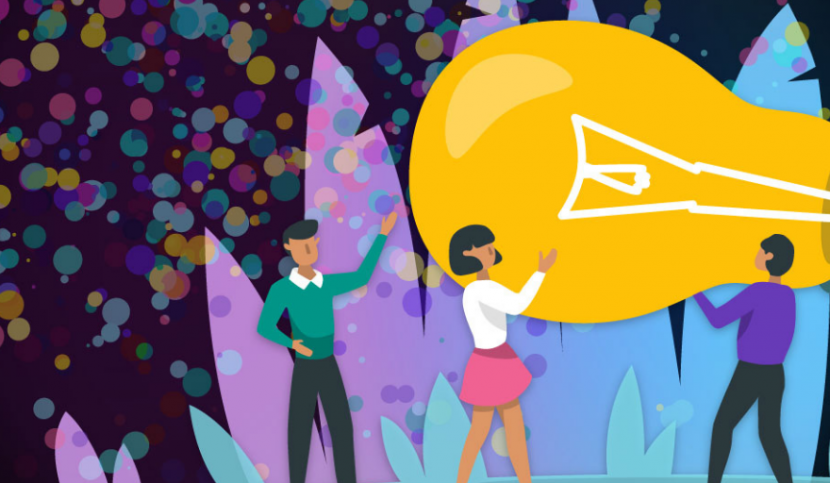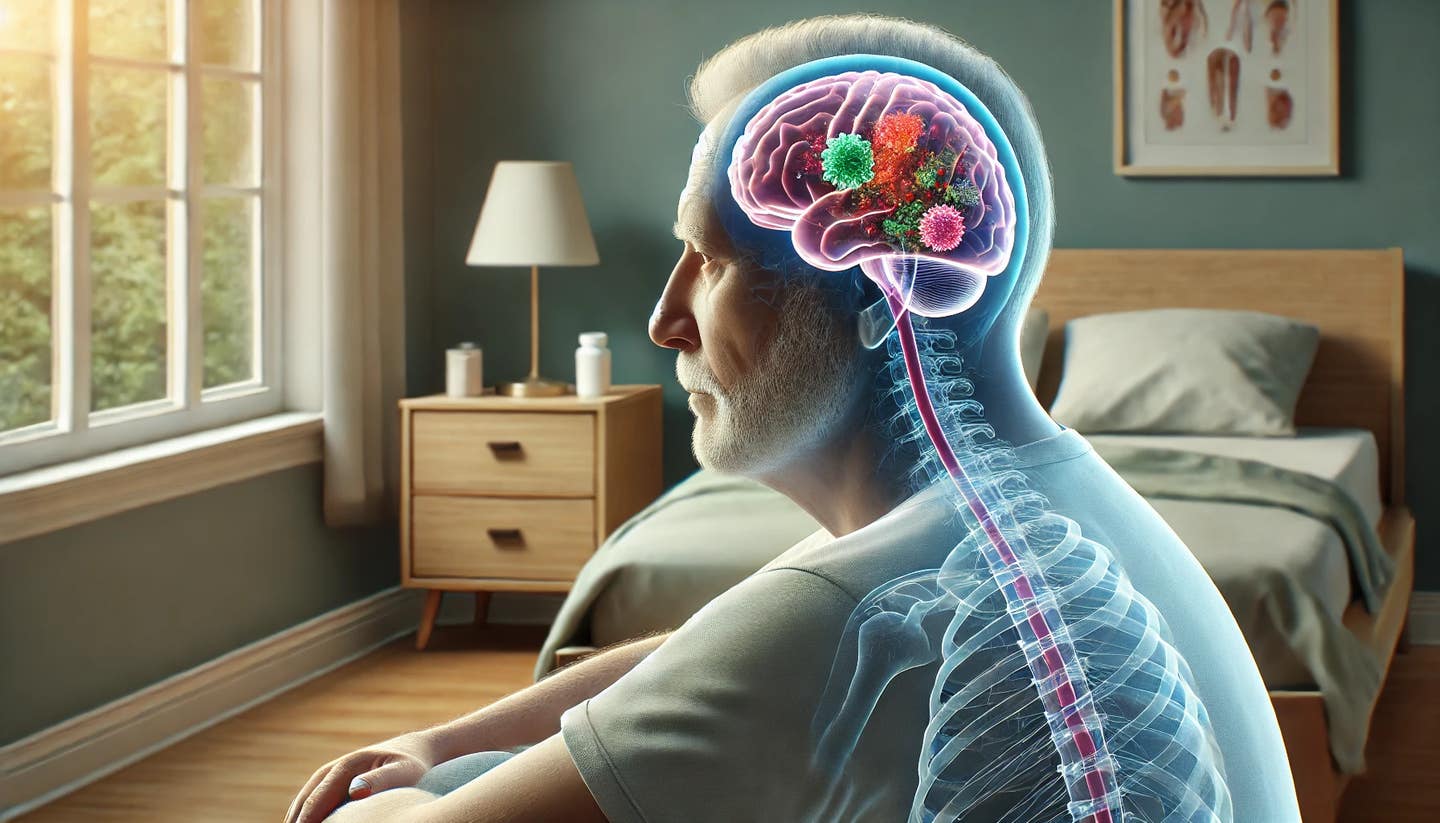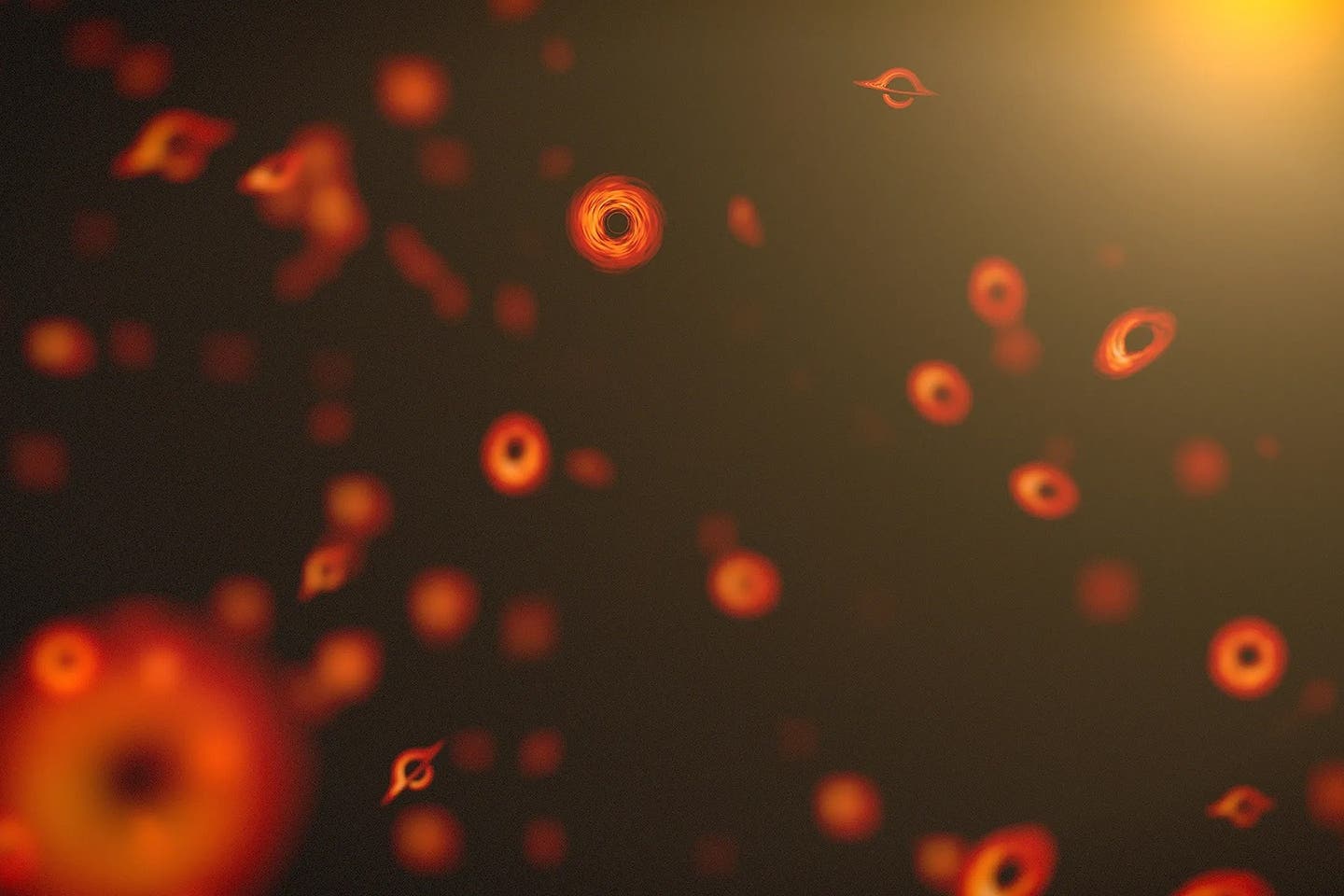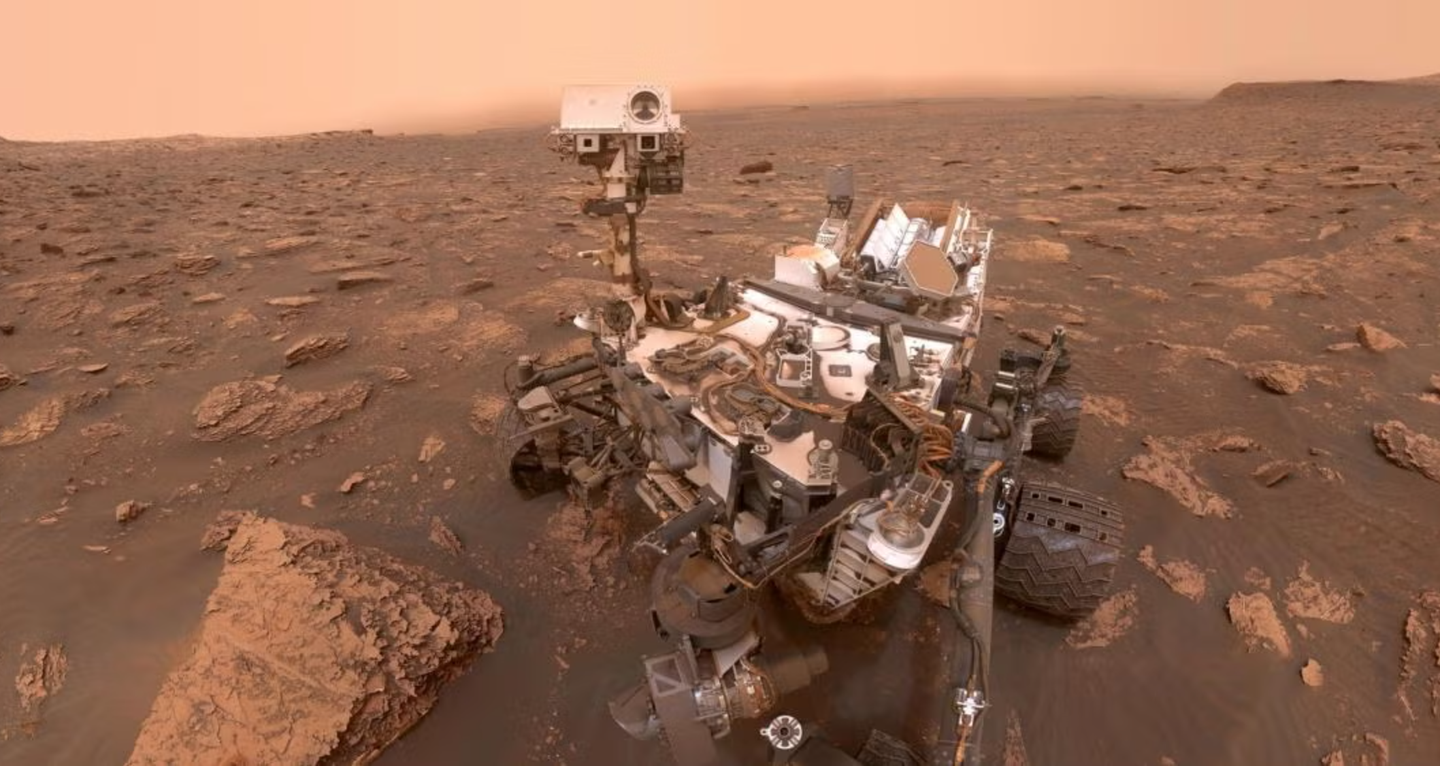Neuroscientists discover the spark of creativity
Coming up with a creative idea requires us to draw on all our previous knowledge. But how does this happen in our mind and in our brain?

[July 6, 2022: Nicolas Brard, Institut du Cerveau (Paris Brain Institute)]
Being creative does not come out of nowhere. Yet the birth of a creative idea in our brain is still an unknown phenomenon. (CREDIT: Creative Commons)
Coming up with a creative idea requires us to draw on all our previous knowledge. But how does this happen in our mind and in our brain? Emmanuelle Volle’s group (Inserm) at the Frontlab of the Paris Brain Institute, in collaboration with the Universities of Graz (Austria) and Warwick (UK), and the Israel Institute of Technology, has identified two semantic memory search processes involved in creativity.
Being creative does not come out of nowhere. Yet the birth of a creative idea in our brain is still an unknown phenomenon. Current theories suggest that it is based in part on the on the organization of our knowledge stored in semantic memory and how we search for concepts in it. "What actually happens when we look for a new idea? Until now, we didn't have a clear idea about the processes that allow us to navigate our semantic memory and be creative," explains Marcela Ovando-Tellez, a postdoctoral fellow at Frontlab and first author of the study.
Semantic memory and creativity
Semantic memory can be studied as a network of associations of objects and concepts that are linked together to a greater or lesser extent. For example, the word "apple" will be strongly connected to the broader set of "fruit” but will also be connected to the concepts of "sweet", "vegetable" or even to more distant words such as "fairytale" (if you have read Snow White). It is all these concepts, stored in our semantic memory, that allow us to make sense of the world.
Creativity is intimately linked to the structure of this network and the way we navigate within it linked to executive control processes. If the semantic associations are organised in such a way that links between distant objects are easily established, it is easier to generate original ideas.
Related Stories:
The components of the semantic memory search process: clustering and switching
In order to understand how we navigate along this network of semantic associations to unearth creative thoughts, Emmanuelle Volle's group (Inserm) and their collaborators constructed a free semantic association task which consists of giving a cue word to a participant and asking them for all the associates that come to mind in relation to the proposed word.
"The specificity here was that the cue words were polysemous, i.e., they had several possible meanings," explains Emmanuelle Volle (Inserm), the study's last author. "This ambiguity results in the activation of several meanings of the cue words, which allowed us to classify the responses according to the related meaning, and to distinguish two interacting components of the memory search process: clustering and switching.”
What are clustering and switching? Taking the example of a word generation task involving the category "Animals", clustering would consist of listing successively number of names of a subcategory of animals such as birds, while switching would involve moving from one subcategory to another, from birds to amphibians or mammals.
The task developed by the group of scientists contained, for example, the French word "rayon", which can have several meanings: the rays of the sun, the supermarket shelves, or the bicycle spokes. Thus, if a participant proposes words associated with "ray" in relation to the weather in a row, he or she adopts a clustering type of memory search, whereas if he or she alternates between words associated with the weather and the supermarket, his or her memory search now is of a switching type.
The researchers combined this association task with a whole series of other tests measuring creativity, the judgment of semantic associations, and executive control (i.e., inhibition, working memory, etc.).
Thanks to these data, they were able to reconstruct the structure of the semantic network of each participant and relate the two components of memory search to creativity, semantic memory organization, and executive control abilities. Finally, functional imaging MRI acquisitions have enabled us to explore the underlying neural correlates.
Creativity, memory search and cognitive control
The first result obtained by the team is that clustering and switching are indeed related to creativity, but differently. Clustering is linked to divergent thinking, i.e., the free generation of ideas, while switching is related to the ability to combine distant associations between concepts. In addition, the switching component was also related to the organization of the concepts in memory and executive control abilities.
The researchers then were able to predict both clustering and switching from the participant’s brain functional connectivity and show that the two components have different brain correlates. Clustering was predicted by connectivity patterns between brain networks related to attention and executive control, suggesting that persisting on a semantic category - all the names of mammals that come to mind, for example - involves attentional processes and may be involved in creative idea generation.
Switching, on the other hand, was predicted by connectivity patterns involving mainly the default network and the control network. This pattern of connectivity may support executive control processes interacting with semantic memory to explore and combine distant elements of memory.
Taken together, these results show how the alternations between exploratory search and focused attention support creativity, and provide new insights on the neurocognitive correlates of memory search related to creative cognition.
For more science and technology stories check out our New Discoveries section at The Brighter Side of News.
Note: Materials provided above by Institut du Cerveau (Paris Brain Institute). Content may be edited for style and length.
Like these kind of feel good stories? Get the Brighter Side of News' newsletter.
Joshua Shavit
Science & Technology Writer | AI and Robotics Reporter
Joshua Shavit is a Los Angeles-based science and technology writer with a passion for exploring the breakthroughs shaping the future. As a contributor to The Brighter Side of News, he focuses on positive and transformative advancements in AI, technology, physics, engineering, robotics and space science. Joshua is currently working towards a Bachelor of Science in Business Administration at the University of California, Berkeley. He combines his academic background with a talent for storytelling, making complex scientific discoveries engaging and accessible. His work highlights the innovators behind the ideas, bringing readers closer to the people driving progress.



